‘Mouth to Hell’ Continues to Swallow Up Land Close to a Remote Russian Village
A massive crater located in Siberia, known as the “Mouth to Hell,” continues to worry scientists and locals in the region as the substantial hole continues to grow at an unprecedented rate.
Called the “Batagaika Crater” by researchers, the enormous sinkhole appeared over sixty years ago due to thawing permafrost and deforestation in the region.
The Origin of the Mouth to Hell
The Batagaika Crater first appeared in the 1960s, not far from the small town of Batagay in Russia.
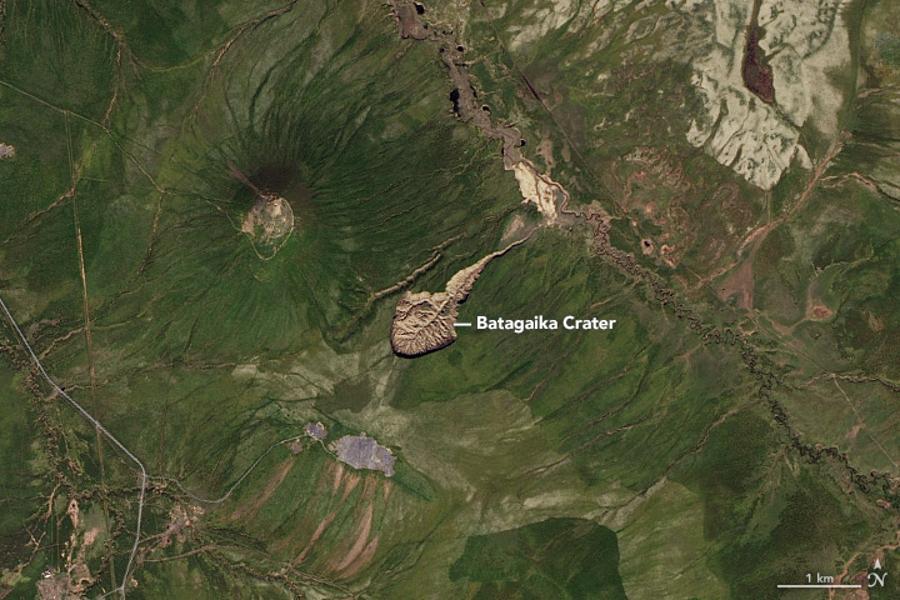
Source: Wikimedia
In the following decades, the small crack continued to grow and formed into an enormous gash in the landscape, dubbed the Mouth to Hell by locals who live in the surrounding regions.
How Big is the Mouth to Hell?
As the Batagaika Crater has been expanding for decades, it has grown to become a significant feature of the landscape.
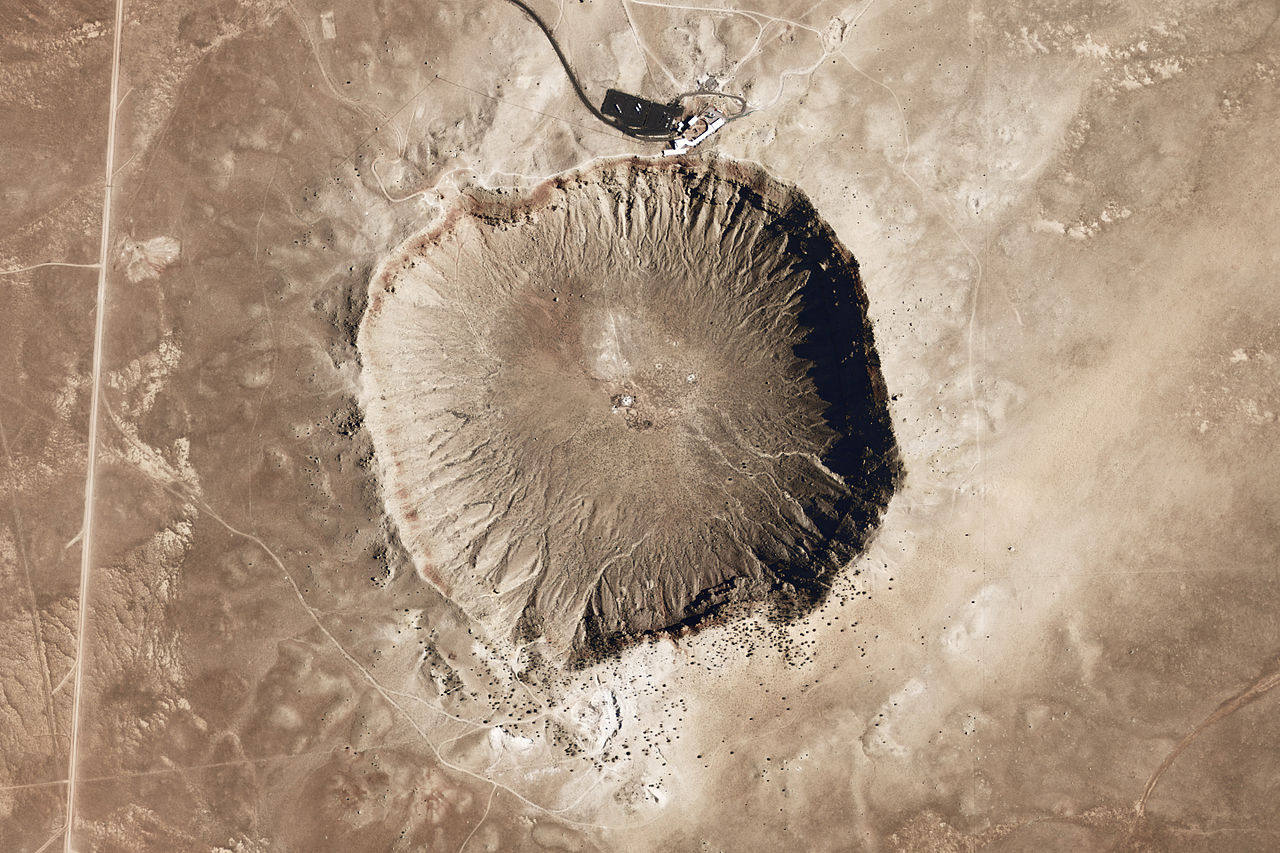
Source: Wikimedia
Current estimates suggest the Batagaika Crater is around 1 km (about 0.62 miles) long and 86 m (about 282 feet) deep. However, it continues to expand by at least 10 m (about 32.8 feet) each year.
Mouth to Hell Continues Expanding
The Batagaika Crater is essentially an enormous sinkhole that is eating up everything in its path. Since the 1990s, it has resulted in the loss of over 35 million cubic meters of soil as it continues to stretch across Siberia.
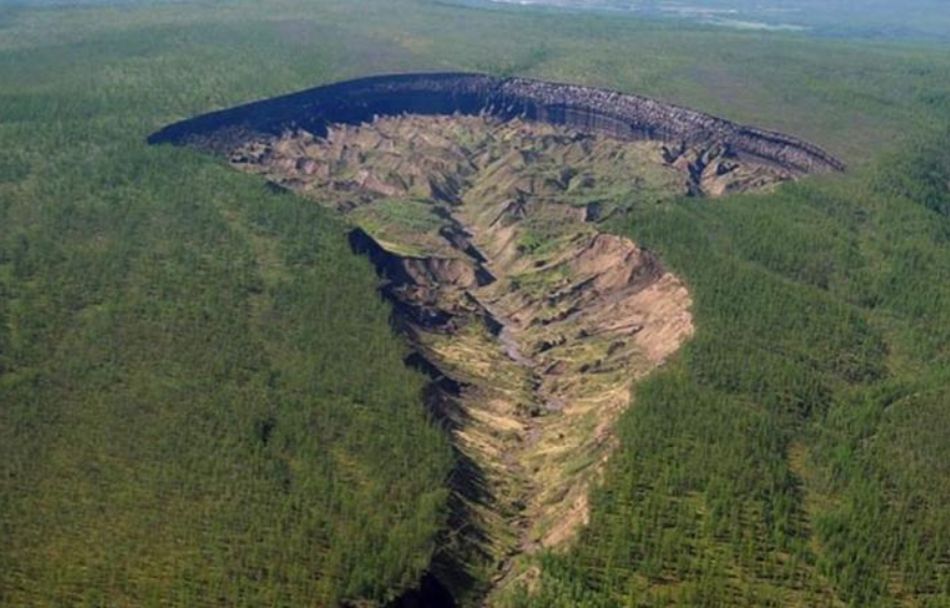
Source: Wikimedia
According to experts, the layers of soil could date back as far as 650,000 years. If this was to be confirmed, it would make the Mouth to Hell the oldest sunken area in all of Eurasia.
How Did the Crater Form?
According to researchers, the sinkhole began forming after extensive deforestation occurred in the region during the 1960s.
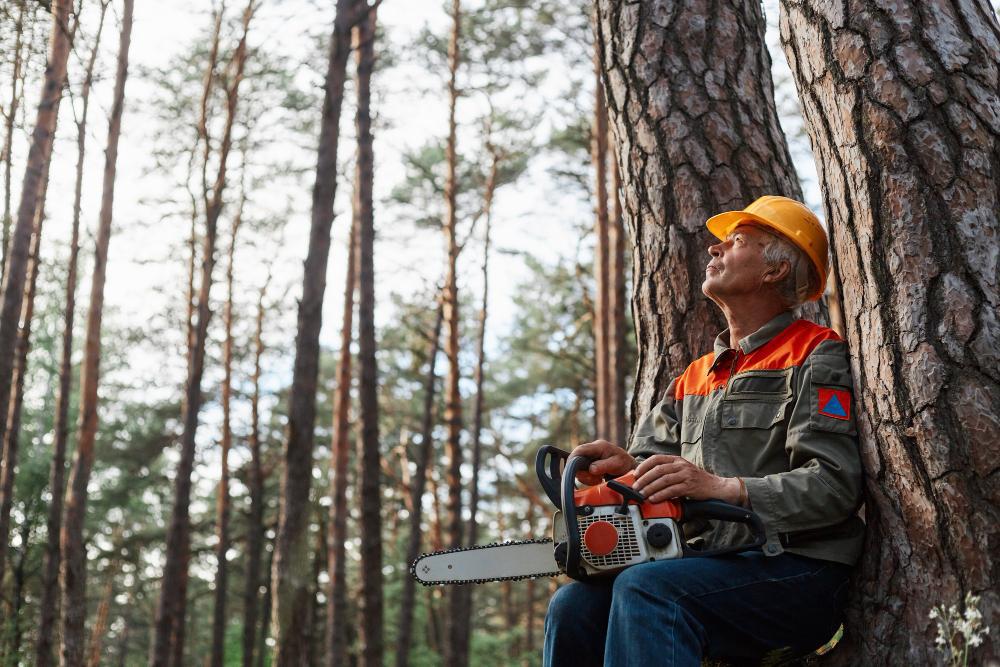
Source: Freepik
This allowed sunlight to pass through the once-forested landscape and penetrate the ground, melting the ice in the soil. Ultimately, this led to the creation of the sinkhole, and as the frozen ground continues to thaw, the Mouth to Hell widens.
Fascination With the Batagaika Crater
The Batagaika crater is located in a part of Russia that has remained frozen since the Quaternary Age, or for 2.58 million years. This has sparked interest from researchers around the world, and the sinkhole has been observed since the 1980s.

Source: Freepik
What’s becoming increasingly apparent to researchers is that the hole shows no sign of stopping anytime soon, which is a major problem for the region.
Safety Issues Amongst Locals
The continuous expansion of the sinkhole is raising concerns for locals who live in the regions surrounding Batagay.

Source: Freepik
As the colossal chasm continues to grow, it threatens to destroy the entire landscape and the homes of locals who have lived in the region for centuries. Some of the locals are worried that the expansion of the hole may hasten in the future, placing them in significant danger.
Local Lands May Be Swallowed
The village of Batagay lies about 10 kilometers northwest of the ever-expanding sinkhole. While this appears to be a significant distance away, many locals still worry about it.
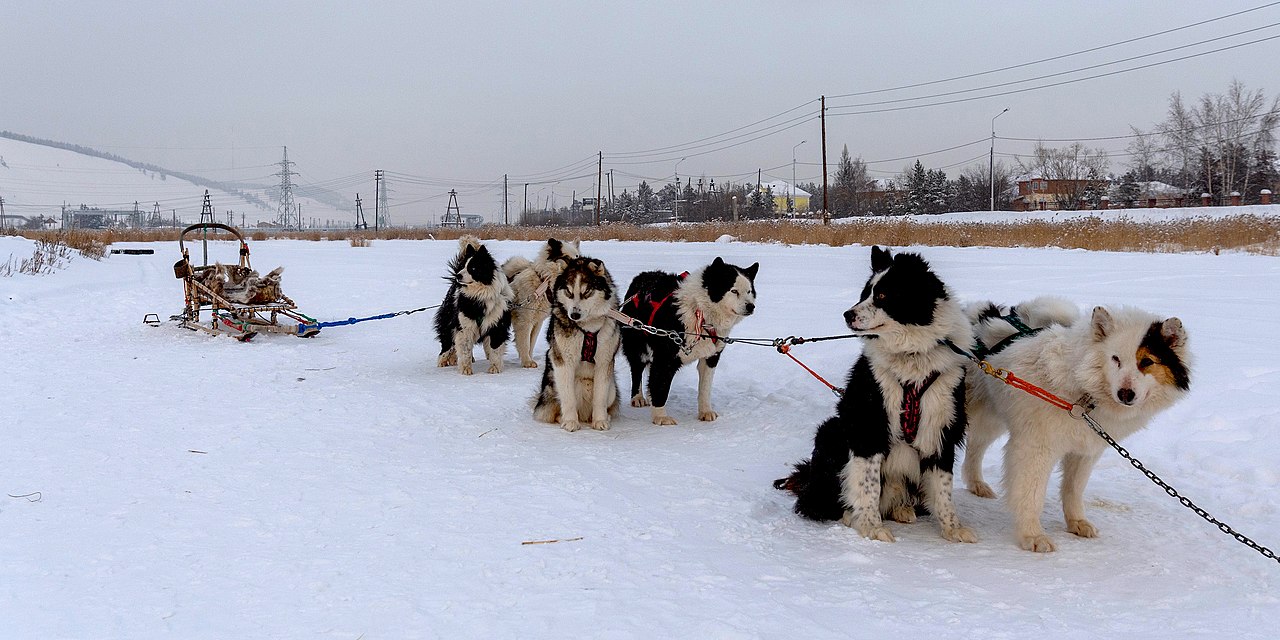
Wikimedia
Batagay currently has around 4,500 people living in the village, many of whom are farmers. Should the Mouth to Hell expansion intensity be high, the entire village could be threatened.
Climate Change Affecting Growth
According to some experts, climate change is also a reason behind the sinkhole’s expansion, as rising temperatures witnessed around the world continue to cause instability in nature.
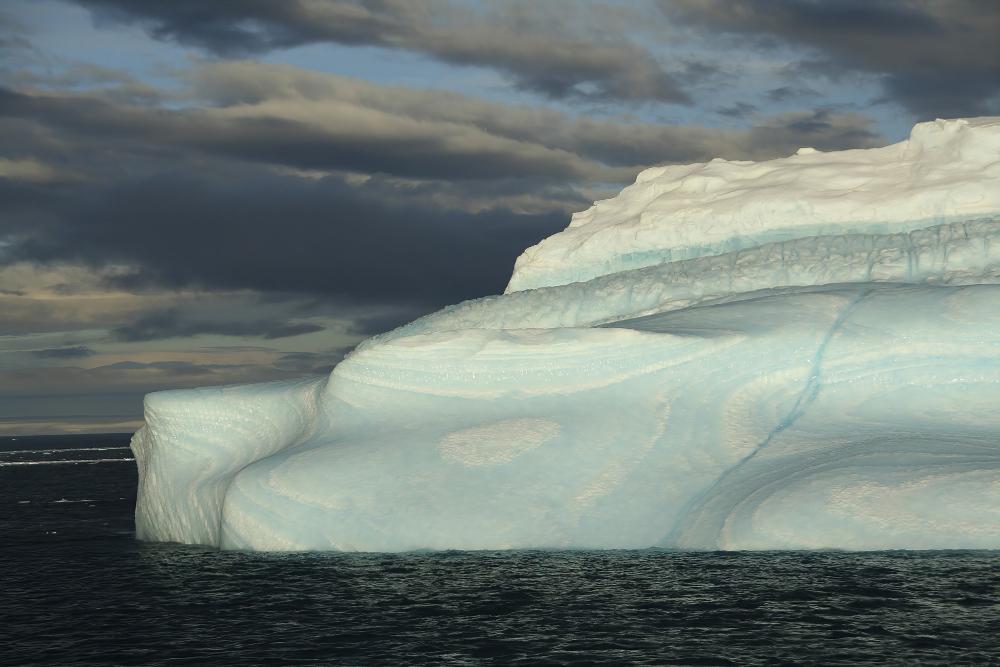
Source: Freepik
As permafrost melts due to warmer temperatures, the surrounding land becomes less stable. This is, unfortunately, one reason behind the Mouth to Hell’s rapid expansion.
More Craters Like Batagaika May Appear in the Future
The melting permafrost is one of the main reasons behind the increase in sinkholes like the Batagaika Crater, which is becoming more widespread worldwide.
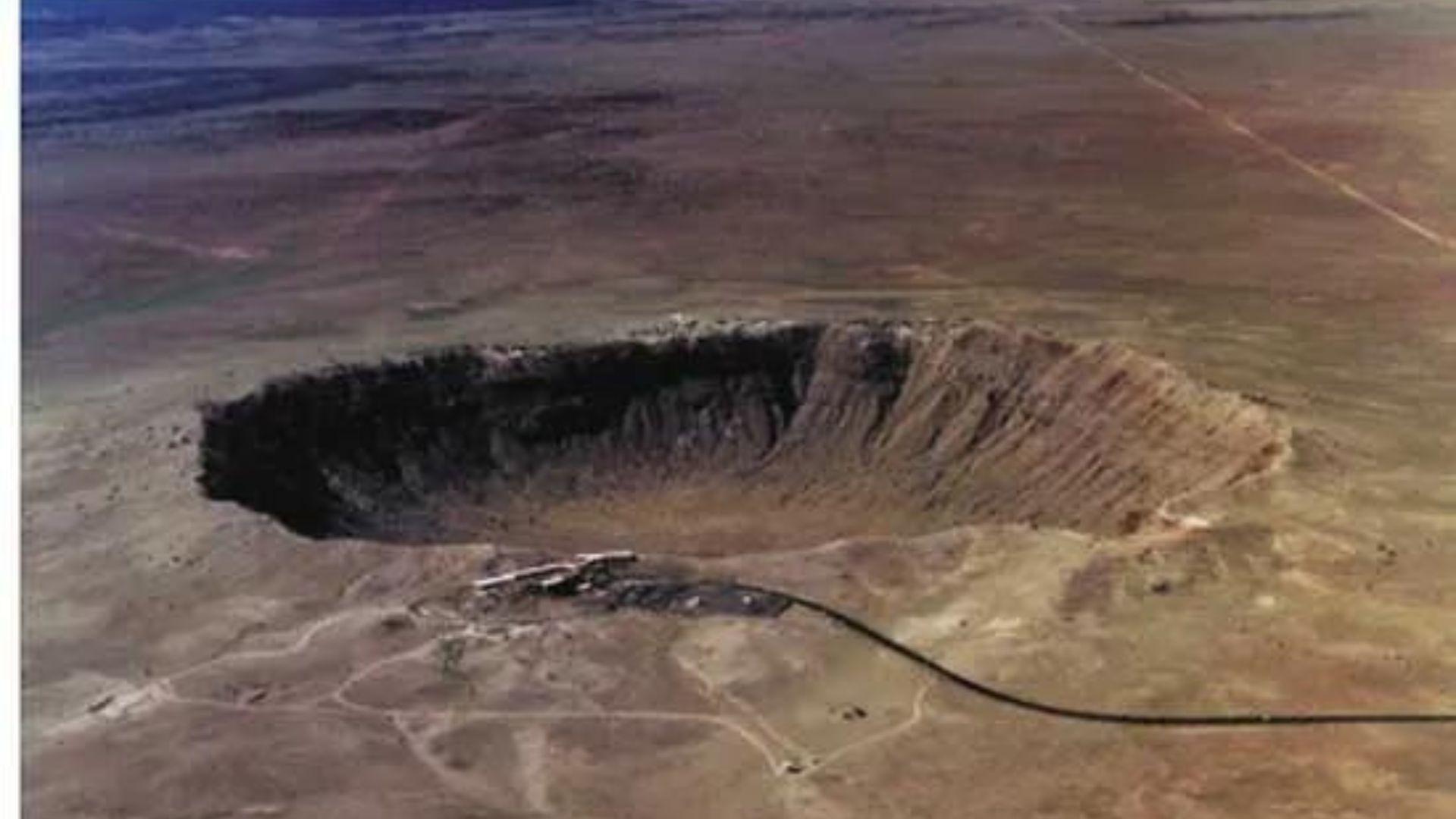
Source: Britannica
Changing weather patterns and melting ice severely affect various regions, resulting in expansive sinkholes. Scientists have now weaned that craters like that close to Batagay may become more frequent in the coming years/
Domino Effect
As global warming continues to negatively affect the Earth, experts believe we may see more Mouths to Hell cracking open around the world, which would bring additional problems to worry about.
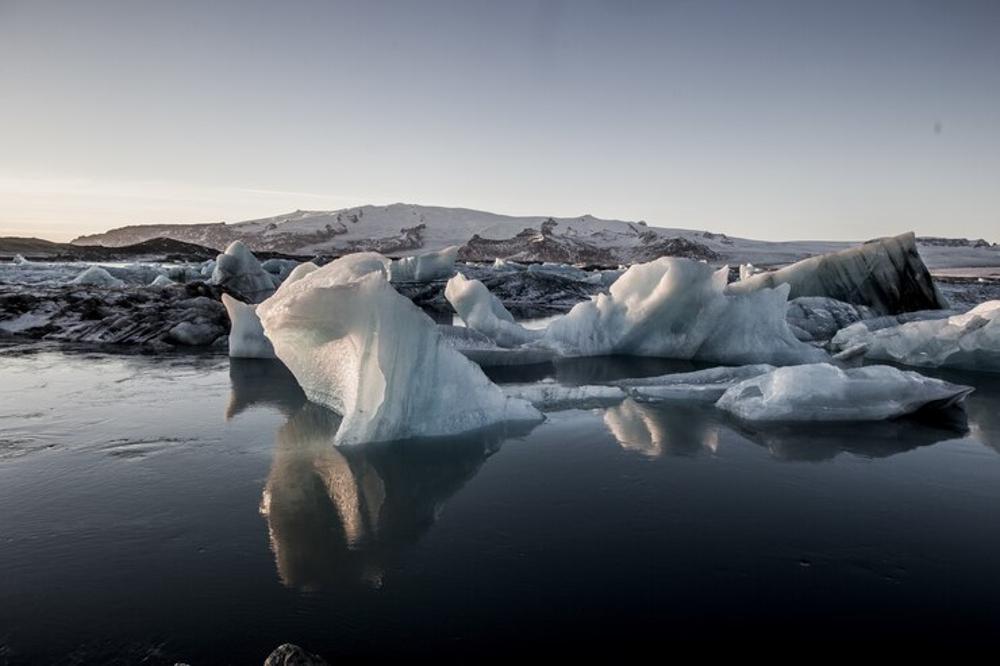
Source: Freepik
A crater found in the Yana Uplands of northern Yakutia has released a vast amount of carbon that was once locked in the ice. So, as the sinkholes continue to grow, they release the harmful gas into the atmosphere.
Will the Crater Stabilize?
Julian Murton, who earned his PhD in permafrost sedimentology, shared his thoughts on the Batagaika Crater during a written piece in Permafrost and Periglacial Processes last year.
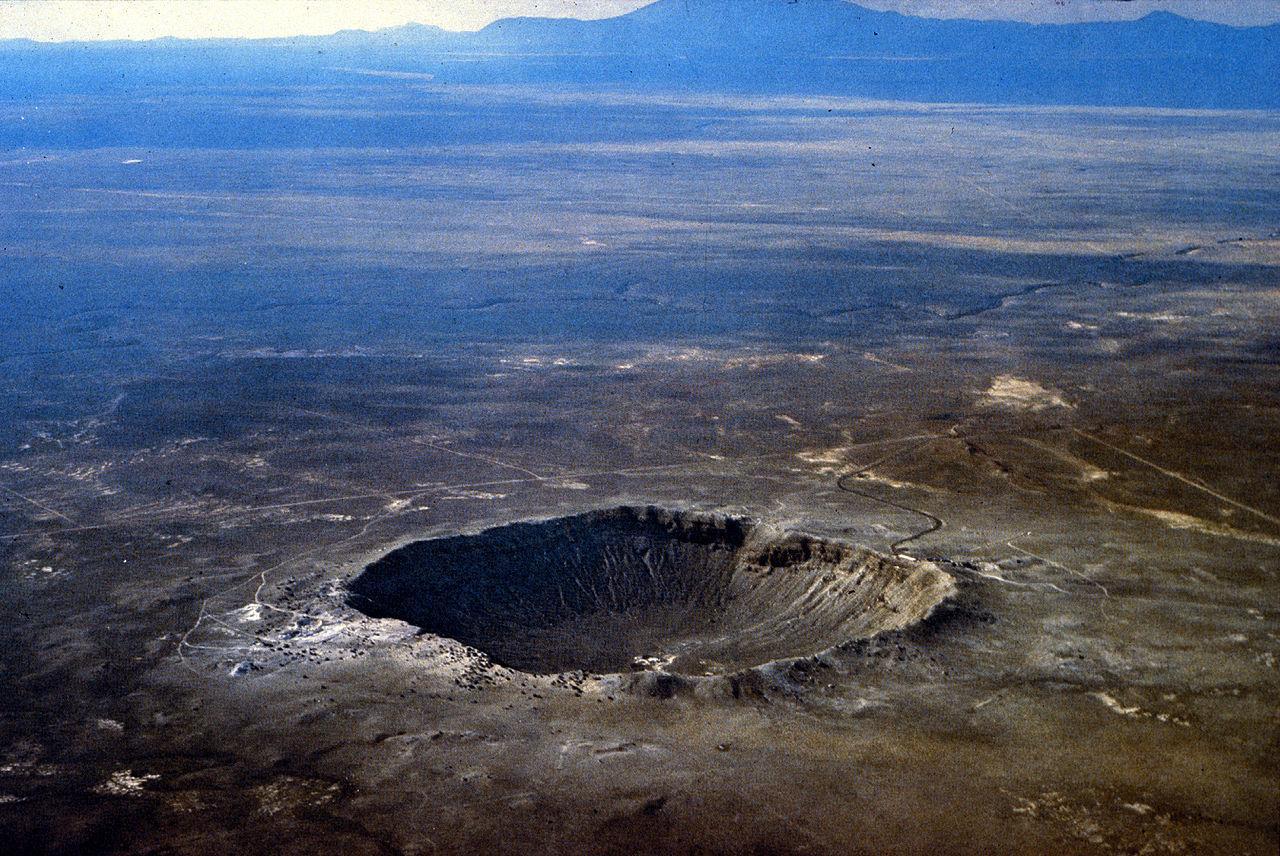
Source: Wikimedia
According to the researcher, the Mouth to Hell will “probably stabilize eventually,” claiming that it will eventually reach the limits of the topography despite extending at a rapid pace currently.
The Mouth to Hell Provides Valuable Insight
Murton said the sinkhole was “exceptional” for numerous reasons, one of which is that it provides an example of how permafrost is thawing due to extensive deforestation.

Source: Freepik
“Slump growth probably accelerated due to climate warming and wetting,” he said.
Locals Hear Unsettling Sounds
While the sinkhole has interested scientists and researchers due to its expansive nature, others are interested in the supernatural aspects that have been reported from the vicinity surrounding the Mouth to Hell.
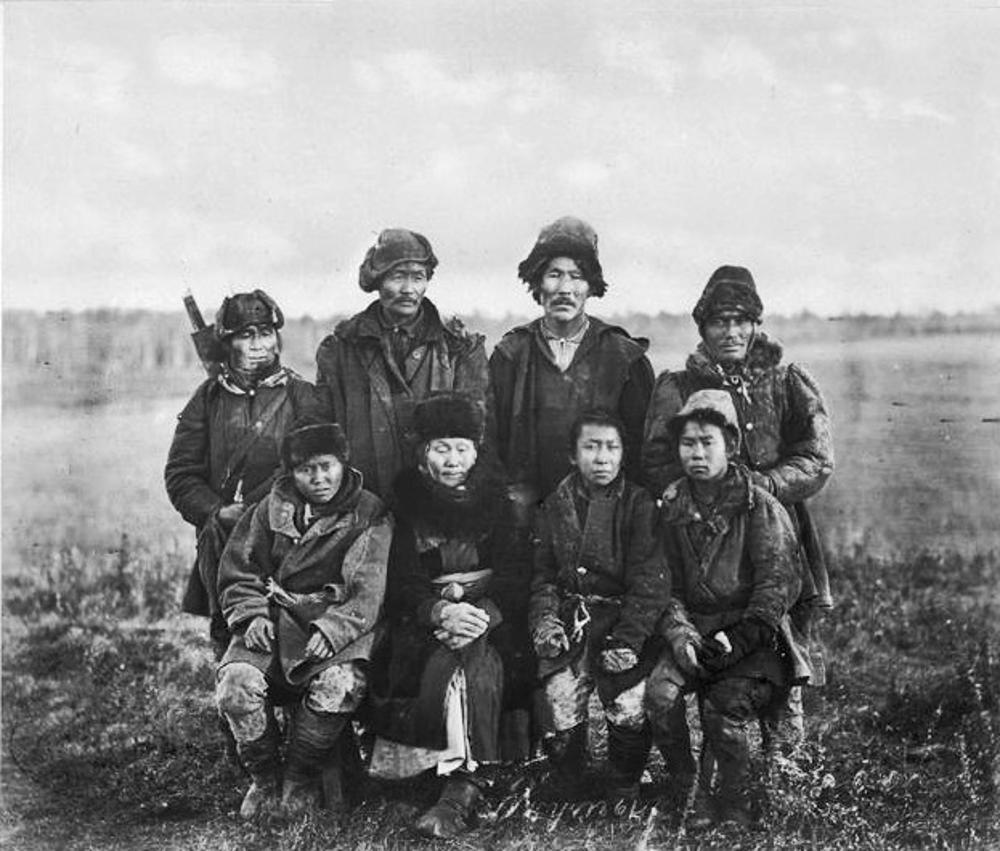
Source: Wikimedia
The Yakut people, an indigenous group native to the region, have deep beliefs about a spirit world and claim they often hear unsettling booms coming from the crater.
Fears of a Mouth to Hell
The Yakut people, who share a close connection with nature and rely on hunting and fishing to ensure their people have enough food to eat, believe the crater could be an entrance to the underworld or another world.
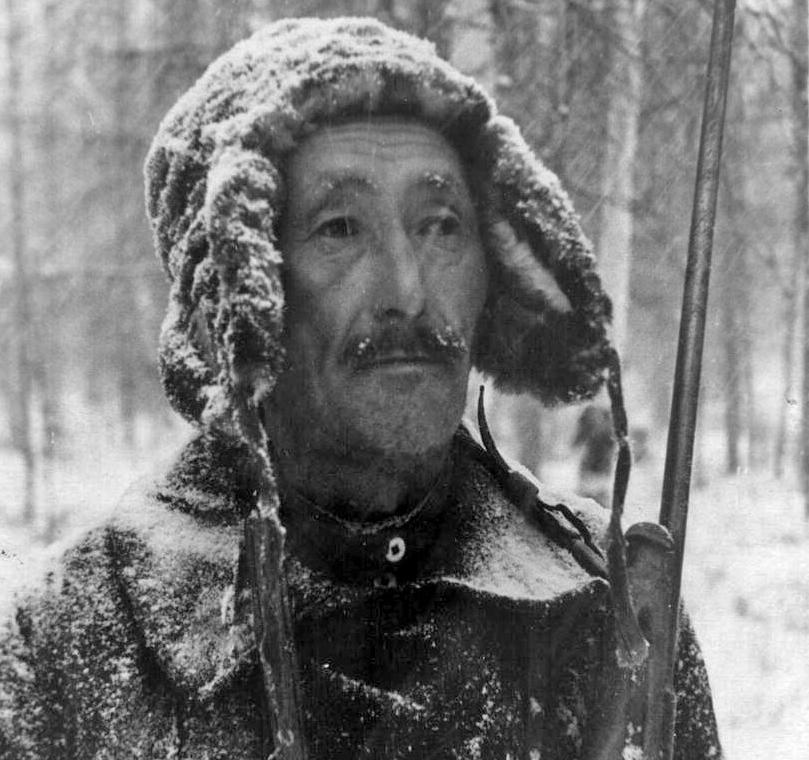
Source: Wikimedia
However, Murton, who has spent considerable time working on the site, claims that the bottom of the hole is rock, suggesting there’s no credible evidence of an actual Mouth to Hell.
There’s More Than One Mouth to Hell
While Murton is certainly a respected scientist and researcher, the locals are still under the impression that there’s more than meets the eye when it comes to the ever-expanding sinkhole that’s swallowing up the surrounding landscape.
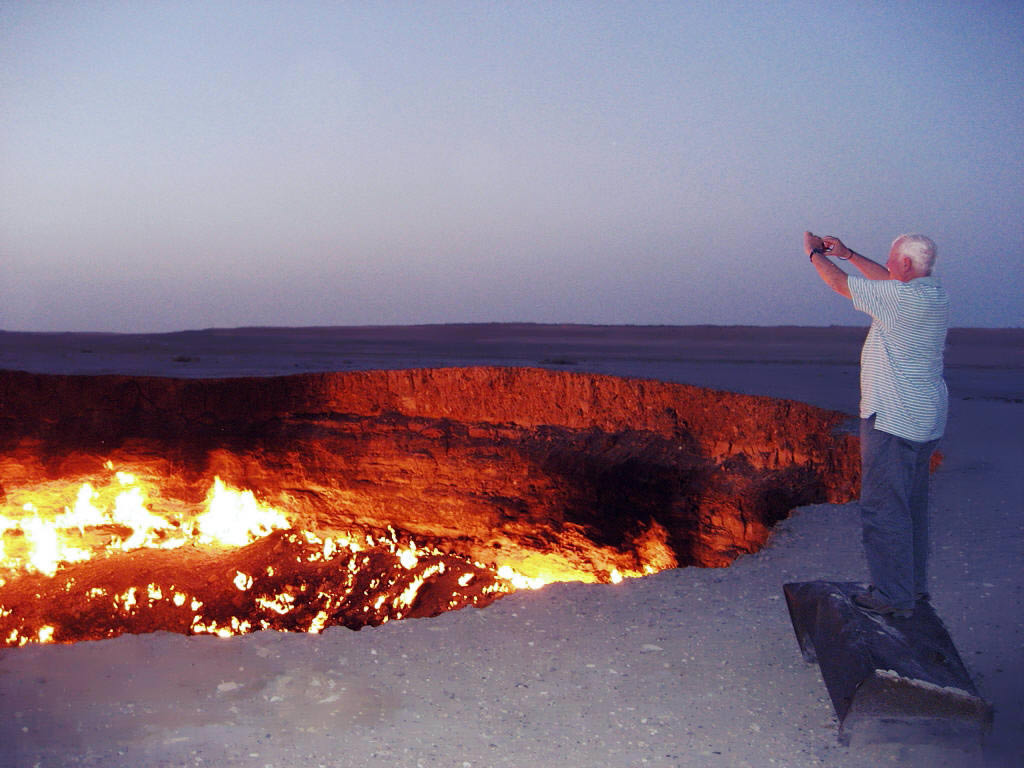
David Stanley/Wikimedia Commons
However, The Batagaika Crater is not the only unsettling hole that has been defined as an entrance to hell or the underworld. The Darvaza Gas crater has gained just as much attention in recent years.
The Gates to Hell
In Turkmenistan lies the Darvaza gas crater, known to locals as the “Door to Hell” or the “Gates to Hell.”

Source: Wikimedia
This unique site is a natural gas field that collapsed into a cavern near Darvaza and has been burning for over five decades. From above, it appears to be one large fire, but in fact, hundreds of small natural gas fires are behind the illuminated floor of the crater.
How Did the Fire Start?
It’s thought the fires were ignited following an incident that occurred in 1971. Reports surmise a Soviet oil rig capsized and fell into the crater over fifty years ago.
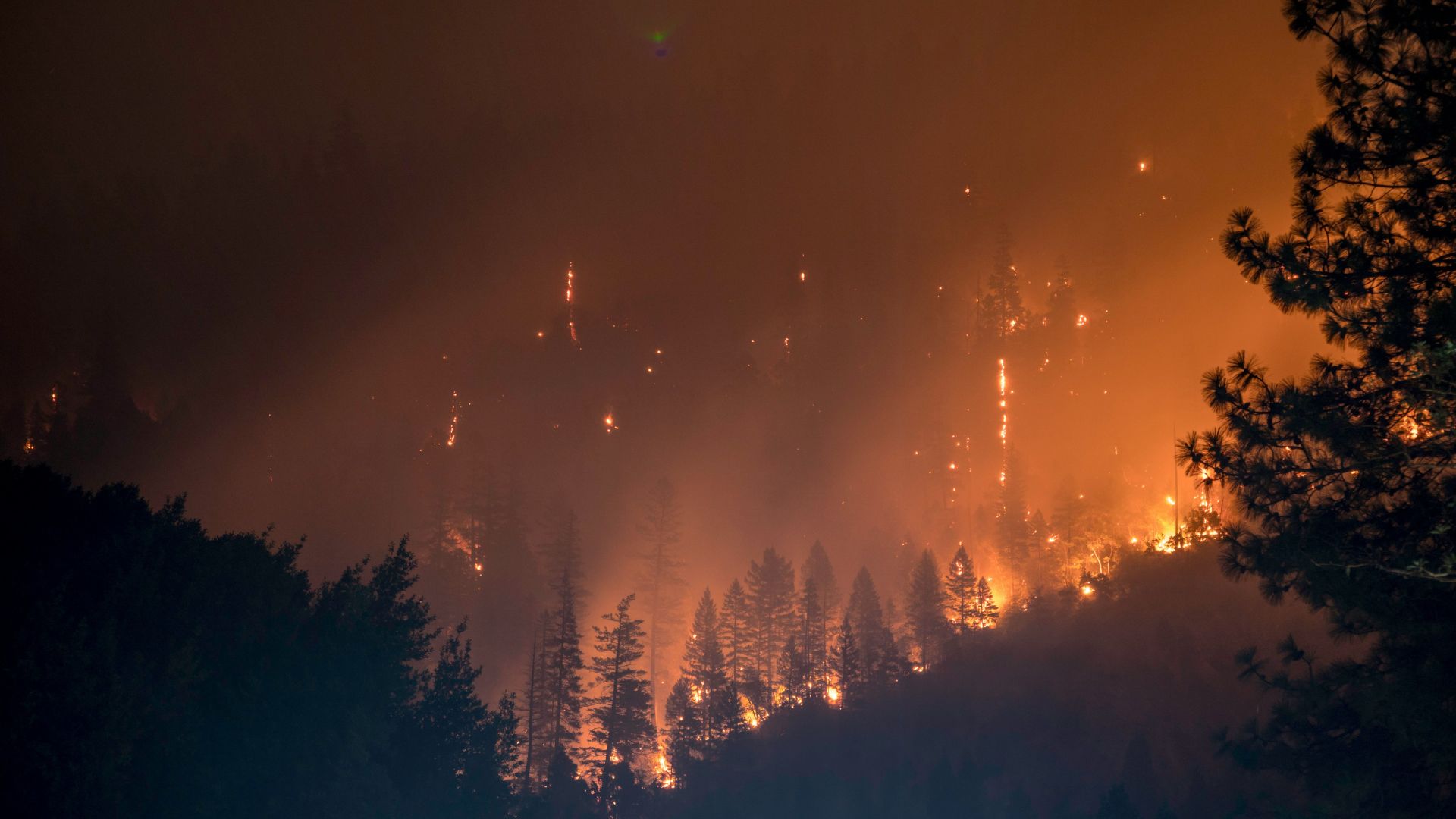
Source: Matt Howard/Unsplash
A geologist at the time decided to remove the rig by setting the entire pit on fire. However, this resulted in numerous gas-fed fires starting, and they continue to burn to this day.
How Big is The Gates to Hell Crater?
The fiery glow of the Gates to Hell can be seen for miles in all directions in the isolated Karakum desert.
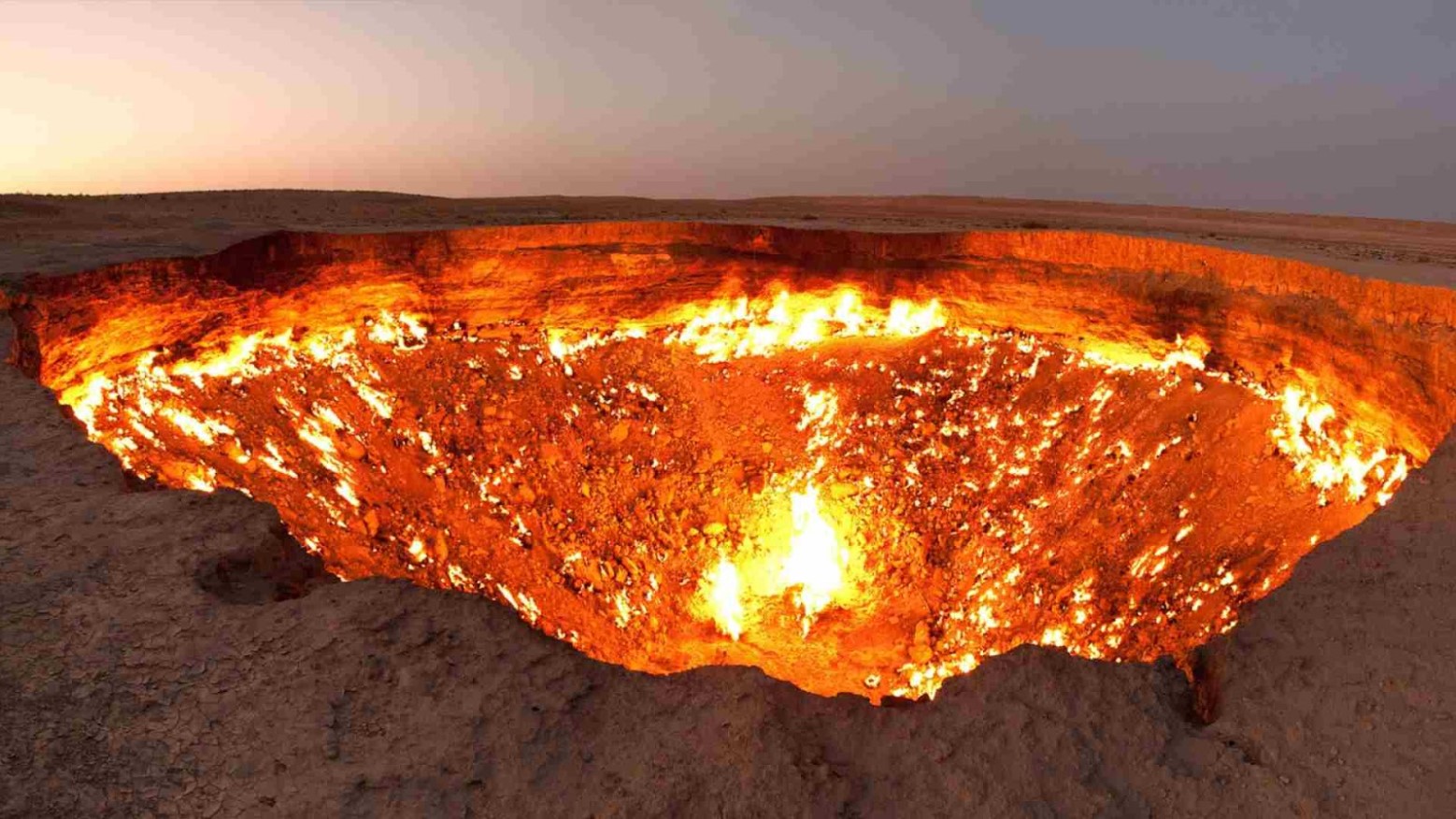
Source: Hellbus/Wikimedia
According to best estimates, the gas pit has been growing slowly each year and currently measures around 230 feet in width and extended downwards by at least 100 feet, making it a significantly large and terrifying fire pit.
Explorer Visits Gates To Hell
George Kourounis, an explorer and adventurer who embarked on several memorable experiences during his life, was the first individual to descend into the fiery pit.
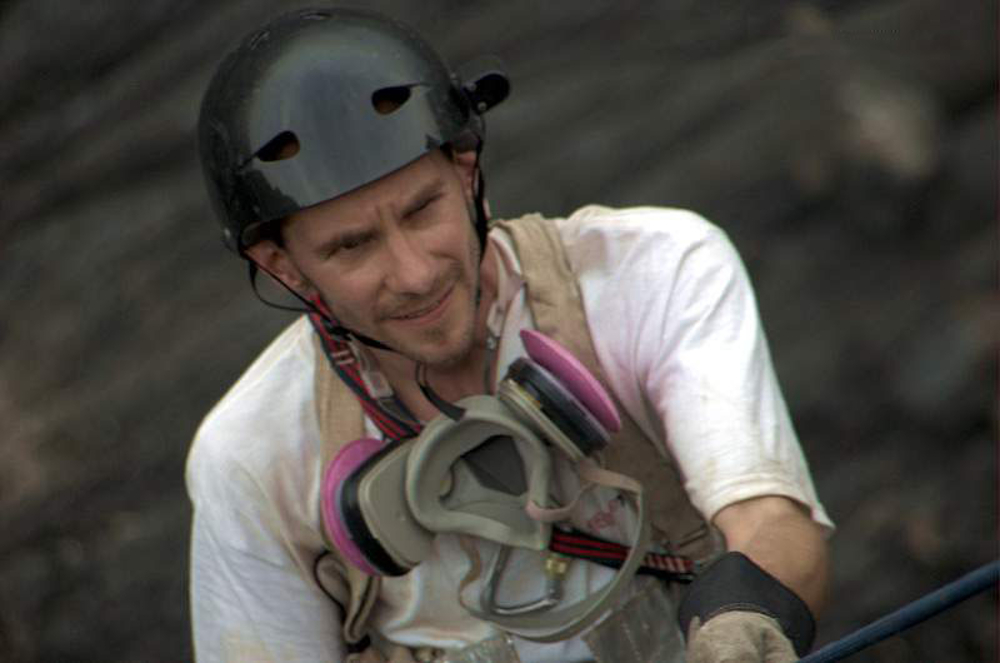
Source: Wikimedia
Kourounis admits visiting the fiery pit in the desert was something he hadn’t wanted to accomplish for quite some time before paying it a visit. “Every now and then, I would look at pictures on the internet of the place again, and it just never exited my mind,” he said. “It was there like a splinter in my brain that I couldn’t get rid of.”
Kourounis Ventures to the Site
Kourounis admits the most difficult part was gaining permission. “The biggest goal was just getting permission to get into the country,” he said. “That was our biggest concern because Turkmenistan is one of the most closed countries in the world.”
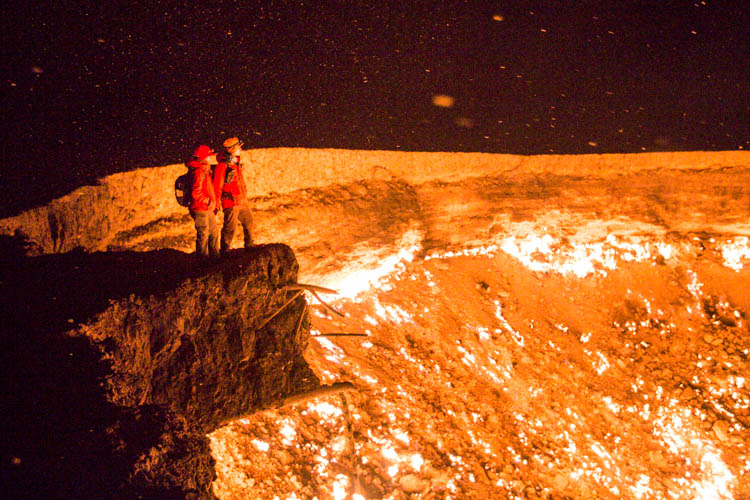
sunriseOdyssey/Wikimedia Commons
However, the explorer finally entered Turkmenistan in 2013 after several years of trying. When he first laid his eyes on the crater, he said it looked like a volcano in the middle of an expansive desert.
The Eternal Fire in the Desert
Speaking about his experience at the site, Kourounis said, “It is burning with a tremendous amount of flame like there is a lot of fire down there.”Day or night, it is clearly burning.”
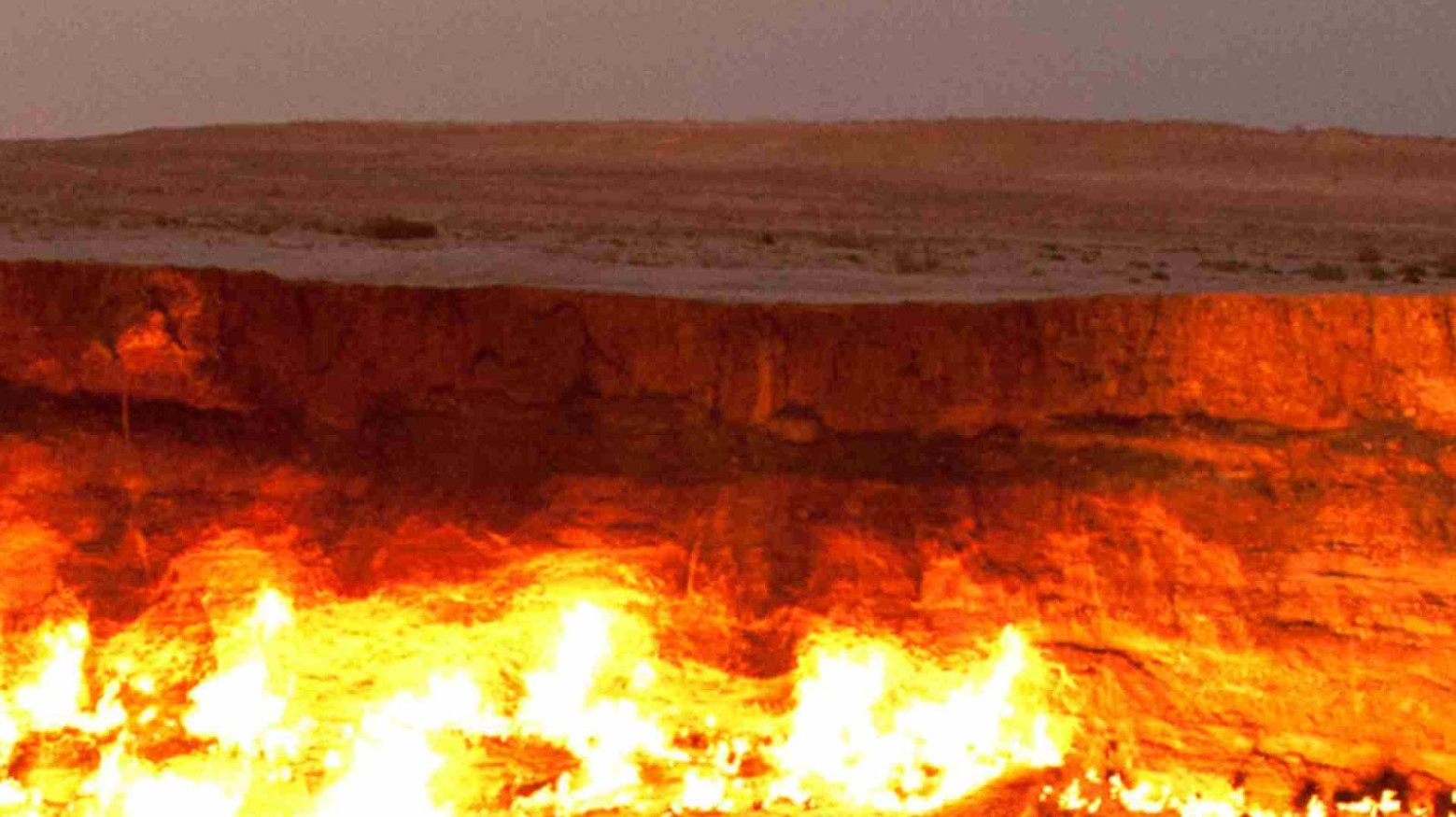
Source: Hellbus/Wikimedia
“You can hear the roar of the fire if you stand at the edge. The heat, if you are downwind of it, is unbearable. There are thousands of little flames all around the edges and towards the center. Then there are two large flames in the middle at the bottom, and that is probably where the drilling rig hole was for the natural gas extraction.”
Local Avoid Going to the Gates of Hell
The name Gates of Hell comes from the local people who live in the nearby village of Darvaza. The people who live close to the site claim they avoid it as they believe a devious curse has been placed on the landscape, one that opened the gate of horror.

Source: Benjamin Goetzinger/Wikimedia
According to their myth, anyone who ventures to the fiery pit loses control of their mind and begins to have excessive thoughts of regret and anxiety as they inch closer to the edge of the crater.
The Thoughts of Locals
Just like the Batagaika Crater in Russia, the Gate of Hell is the result of natural events that pose a serious threat to the surrounding communities.

Source: Bjørn Christian Tørrissen/Wikimedia
This idea of the land swallowing up vast portions of their villages and landscape may likely have resulted in the several myths of a fiery hell or underworld at each site, leading many locals to steer well clear of the craters.
